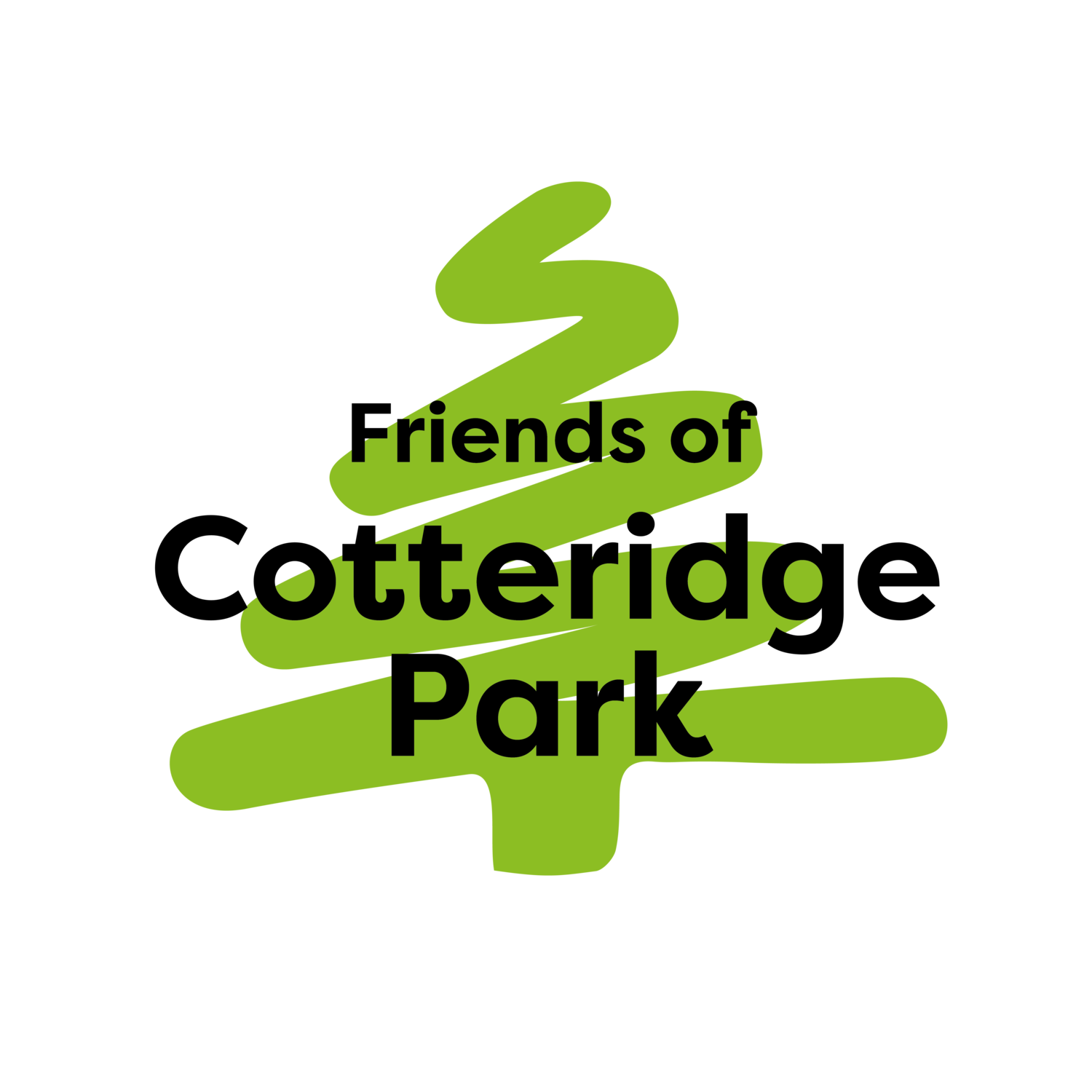Mission Star Lite (Science Box Experiment 2)
As part of CoCoMAD, Royal Society of Chemistry have funded science boxes which are being distributed to local school children - however - the experiments are available online for anyone to take part!
Below you’ll find the experiment introductions, equipment list, method, questions to explore and - very important - health and safety information.
Introduction
Waves are all around us and you can see them as ripples in water, communicate using them (radiowaves) and feel them as heat (infrared radiation). These waves are all characterised by the distance between the peaks of the wave (wavelength). Visible light also has a wavelength these and this is between about 400 nm* (violet) and 700 nm (red) but there are many other waves all around us.
Ultraviolet (UV) light has wavelengths of about 10 nm to 400 nm and has more energy than light and is able to cause changes in chemicals that it touches (it is UV light that can cause sunburn!). UV light can also make some materials glow (fluorescence) and this is can be used to detect forgery (some stamps have patterns printed on them in ink that glows when UV light is shone on them).
This experiment is a trimmed down version of Mission Starlight (hence the ‘Lite’ in the title of this experiment) which is a Royal Society of Chemistry (RSC) global experiment (https://edu.rsc.org/resources/mission-starlight/2073.article ) that uses plastic beads which change colour when exposed to UV light and darker colours are produced if exposed to greater amounts of UV light.
In this experiment you will look at both transparent and opaque (sheet) materials and decide how good they would be at blocking out UV radiation if used in a visor or suit materials for astronauts as there is no ozone layer in space to protect them, unlike on Earth.
*’nm’ is the abbreviation of a nanometer which is one billionth of a metre!
Equipment List
‘Invisible ink’ pen with a UV torch (available on Amazon (LINK))
UV colour changing beads (available on Amazon: LINK )
Small container (such as a weighing boat (LINK ) or a small yoghurt pot)
Sheet materials (they should cover the small container):
Different coloured cellophane (or sweet wrappers)
HDPE (cut out squares from clean, plastic milk bottles)
Cotton squares (e.g. an old shirt)
Other sheet materials to test
What to do
IT IS IMPORTANT THAT YOU HAVE READ THE HEALTH AND SAFETY SECTION BEFORE CARRYING OUT THE ACTIVITY – THE ROYAL SOCIETY OF CHEMISTRY, FRIENDS OF COTTERIDGE PARK AND THE DEVELOPER DO NOT ACCEPT ANY LIABILITY
Place UV beads in a small and predict how good a material will be at stopping UV light, based on the colour of the beads using the chart below.
Put a sheet of material over the beads and shine a UV torch on to the material (in line with the beads) for five seconds.
Remove the material and note the colour of the beads (how does this compare to your prediction and how suitable is that material for a spacesuit or visor?).
Wait for the beads to return to their original colour (one tip is not to use all of your beads at once) and either try the same material (as it is good scientific practice to repeat readings) or try a different material.
Colour chart
The beads change colour when exposed to UV light and the colour they turn corresponds to a UV Sun Index number
0 = no UV light gets to the beads (i.e. it’s a great UV blocker); 10 = all the UV light gets to the beads (i.e. it’s a poor UV blocker)
Things to investigate
Use the UV light to investigate which things around the house fluoresce (glow when the UV light is shone on them).
Use the invisible ink in your pen to write secret messages that you can only read when shining a UV torch on them
Health and Safety
(remember to always use common sense)
Risk(s) & Precaution(s)
1) Skin and eye damage (from prolonged exposure to the UV light)
· Do not shine the UV torch into people’s eyes
· Do not shine the UV torch onto the skin
Where can I learn more?
Mission Starlight video: https://www.youtube.com/watch?v=M-hXh-Wa5_I
Royal Society of Chemistry Global experiments: https://www.rsc.org/news-events/features/2016/mar/global-experiment-2016/
Electromagnetic spectrum: https://imagine.gsfc.nasa.gov/science/toolbox/emspectrum1.html
Feedback
We really hope you enjoy the experiments and would love your feedback on the activities and on the science activities and talks at Virtual CoCoMAD (4th July).
To send feedback please use the QR code or the link below to get to the feedback form which will probably take about five minutes to complete. If you do you will be invited to leave your email address and you will be entered into a draw to win a pack of RSC Periodic Table Top Trumps.
https://bham.qualtrics.com/jfe/form/SV_3eIGeizxfkWcVx3
Please post your photos and comments on Twitter, Facebook and Instagram: #time4chem, #CoCoMADSciBox #CoCoMAD




